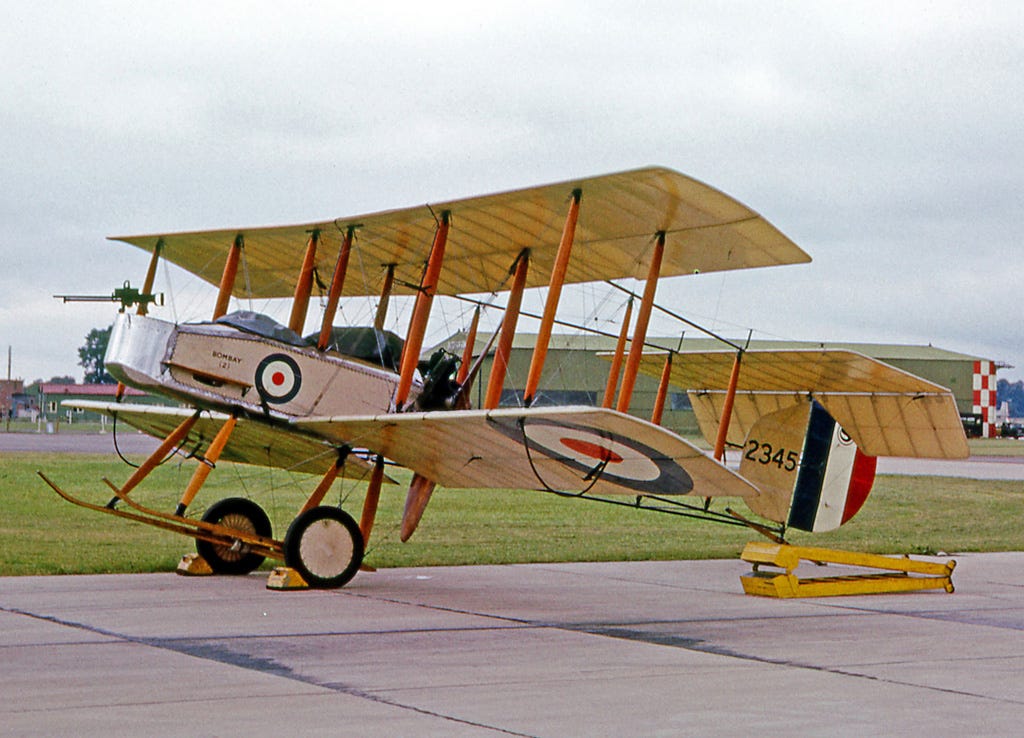
On Christmas Day, 1914, the early days of WWI, a high-performance flying weapons platform designed specifically to rule the skies, took off from an airfield in France to do battle. It was the British Vickers F.B.5 and the face of warfare was forever changed. Fast forward 111 years and the concept of the fighter aircraft as it was first defined in the air dominance arena looks to have come to the end of the road with the United States Air Force putting its NGAD (Next Generation Air Dominance) fighter program on hold.
Should the pause become permanent, that will make the upgraded F-22 Raptor, America’s current air dominance platform, which entered service in 2005 with the USAF, an aircraft originally conceived to do battle against the Soviet Union, the final iteration of the air dominance fighter. At least as we’ve come to understand that concept.
(Above: The incredible F-22 Raptor, the brainchild of Lockheed Martin’s famed Skunk Works.)
The USAF announced in December 2024, that the much-anticipated NGAD program had been paused pending the incoming Trump Administration’s views on the enormous sums of money required to complete the program, build the aircraft, and put it into service.
On the surface, it would seem that this decision is all about money. After all, development costs have been in the billions, with at least another US$20 billion required, and the production cost of each unit is estimated to be stratospheric — in the vicinity of around US$300 million (by comparison, a production F-35A Lightning II is yours for the bargain-basement price of just US$88 million). Estimates were that the USAF would purchase just 200 of the aircraft, so economies of scale would never reduce the unit cost.
But, in fact, the NGAD’s fate is not all about budgetary constraints. Late in 2024, the USAF released a report to Congress titled “The Department of the Airforce in 2050,” outlining the USAF’s view on the way wars will be fought, and, critically, it concluded that these kinds of weapons platforms would most likely be obsolete. I’ll come to how and why shortly.
First, what exactly was NGAD? Essentially, in marketing speak, it was to be the fighter jet that would “allow America to continue to dominate the battlespace into the second half of this century, denying the skies to its adversaries.”
It would be a “6th Generation” fighter — more Raptor than Raptor, and more multi-role than the F-35 Lightning II, incorporating performance, technologies, and capabilities that, not too long ago, would have been considered science fiction
In popular parlance, it would be a “6th Generation” fighter — far stealthier than either the Raptor and offer considerable unrefuelled range, be capable of operating as a mobile command center for pilotless AI or remote-piloted collaborative combat aircraft (CCAs as loyal wingmen aircraft are now officially called), operate as an airborne conductor for all linked weapons systems in the killspace (missile batteries, tanks, artillery, infantry units, and so forth), offer super-cruise performance (sustained supersonic flight without afterburners), possess “next level survivability,” and be an open source platform that would allow new weapons systems, guidance systems, and other developments to be easily incorporated down the line… There’s more, but you get the picture. It would be more Raptor than Raptor, and more multi-role than the F-35 Lightning II, incorporating performance, technologies, and capabilities that, not too long ago, would have been considered science fiction.
Before the project was farmed out to a competitive list of contractors, the USAF involved Defense Advanced Research Projects Agency — DARPA — tasking the agency to develop a feasibility study for the project. This produced a flying prototype that apparently maxed the Air Force’s expectations. And the program went ahead.
Three companies were then selected, competing to supply the USAF with this new aircraft – Lockheed Martin (makers of the Raptor and F-35 Lightning II), Northrop Grumman (the company behind the super-stealthy and capable B2 bomber), and Boeing (you know those guys, right?).
The word is that, at the time the program was shelved in December, all three companies were a long way down the track, having produced flyable prototypes that had been undergoing evaluation tests for a number of years.
(Above: NGAD prototype flying over Nellis AFB/Las Vegas, or another AI confection?)
There have been sightings of strange craft both in the skies near the White Sands testing ground and Nellis AFB, as well as on the ground, captured by iPhone reporters, giving rise to all kinds of speculation — including that the shapes look so wild that there must be alien technology behind them.

Apparently, so the scuttlebutt goes, the three prototypes have more than met the USAF’s specifications in all areas. And here’s where those anticipated changes in the way future wars will be fought throw a spanner in the NGAD’s works. (I might add here that all this is seen through the prism of a possible peer war with an adversarial China fought in the vicinity of the South China Sea.)
The People’s Republic of Xi is believed to have developed an anti-ship missile with a range of over 900 miles (1500 km) called the YJ-21, which has a glide vehicle that can maneuver at hypersonic speeds (reportedly Mach 6). The speed and maneuverability of the missile’s final phase make it extremely difficult to intercept and, indeed, the People’s Liberation Army Navy (PLAN) and People’s Liberation Army Air Force (PLAAF) have been exercising with the missile with mock-ups of US Navy ships, seeing it as a potential aircraft carrier killer.
Air-launched versions of the missile are in the Chinese inventory, and doubtless, ground-to-ground versions will soon be available (if they aren’t already). This weapon puts the US bases on Guam, the Philippines, and Japan under its footprint, pushing vital air support for any conflict in the South China Sea beyond the reach of America’s current crop of fighters, and, apparently, any aircraft currently in the NGAD program.
No problem, right? Simply refuel the fighters in flight. Unfortunately, the current tanker fleet is not at all stealthy and missile targeting will soon be provided by look-down satellites, providing anti-aircraft missiles with a much longer kill range. Those KCs are toast in any 21st Century peer conflict.
Okay, then just extend the aircraft’s range. That can be done with a redesign, but carrying additional fuel (and there would have to be a lot more of it carried to overcome the range issue) means a far more substantial airframe. A larger stealthy airframe generates more drag, which, in turn, reduces the aircraft’s performance in the envelopes that have traditionally mattered when it comes to air dominance: speed, and maneuverability. In fact, if you take all these issues into account and design the aircraft accordingly, what you end up with is a platform not unlike the new B-21 Raider, the world’s first genuine 6th Generation aircraft now in limited production and due to go into service with the USAF in 2027, just in time*.
The B-21 reportedly has a range of 7,500 miles (12,000 km) with an armaments payload of 30,000 lbs, which could include nukes and/or precision-guided conventional weapons such as the Joint Direct Attack Missile (JDAM), anti-ship cruise missiles — weapons that feature pinpoint accuracy. The Raider also offers the most sophisticated array of sensors, weapons targeting and guidance systems ever incorporated in a single aircraft, making it suitable for intercontinental missions, including reconnaissance, surveillance, and attack missions in contested air space.
The aircraft includes advances in low observability and radar cross-section, making it far harder to detect than even the Raptor, the current benchmark, despite its significantly larger size. And critically, the Raider is designed to be flown crewed or uncrewed while operating as the command center for a cloud of accompanying stealthy CCAs acting as either flying missile and bomb warehouses for the “mothership” or tasked to undertake their own strike missions. Finally (actually, there’s a lot more to be said about the B-21, but Iet’s leave it there for now), its open systems architecture would make it a relatively simple task to arm the aircraft (and/or its CCAs) with a brace of Advanced Medium Range Air-to-Air Missiles ( AMRAAMs) and AIM-132s, effectively turning the bomber into a Beyond Visual Range (where all air battles are fought these days) air-dominance platform.
For the NGAD to once more get the green light, it will have to provide a host of seductive features the Raider and the veritable plethora of stealthy CCAs currently available and in development don’t possess
For the NGAD to once more get the green light, it will have to provide a host of seductive features the Raider and the veritable plethora of stealthy CCAs currently available and in development don’t possess. Perhaps the next air war will be fought at hypersonic speeds, in which case any fighter that can’t cruise above Mach 5 will be at a distinct disadvantage.
It’s interesting to note that the US Navy’s 6th Gen carrier-launched fighter, designated the F/A-XX, has been piggy-backing on the NGAD program and, unlike the Air Force’s 6th Gen air dominance fighter, it hasn’t been paused. The survivability of the Navy’s carriers is key to US force projection, and given the threat posed by existing potentially hostile missile systems like China’s YJ-21, let alone the crop of anti-ship weapons on the drawing board, those carriers will need next-level protection if they’re to have any hope of surviving the battlescape of the future, and their current air wings deploying F/A-18 Super Hornets simply won’t cut it. Range, survivability, and next-level stealth will be the bare minimums.
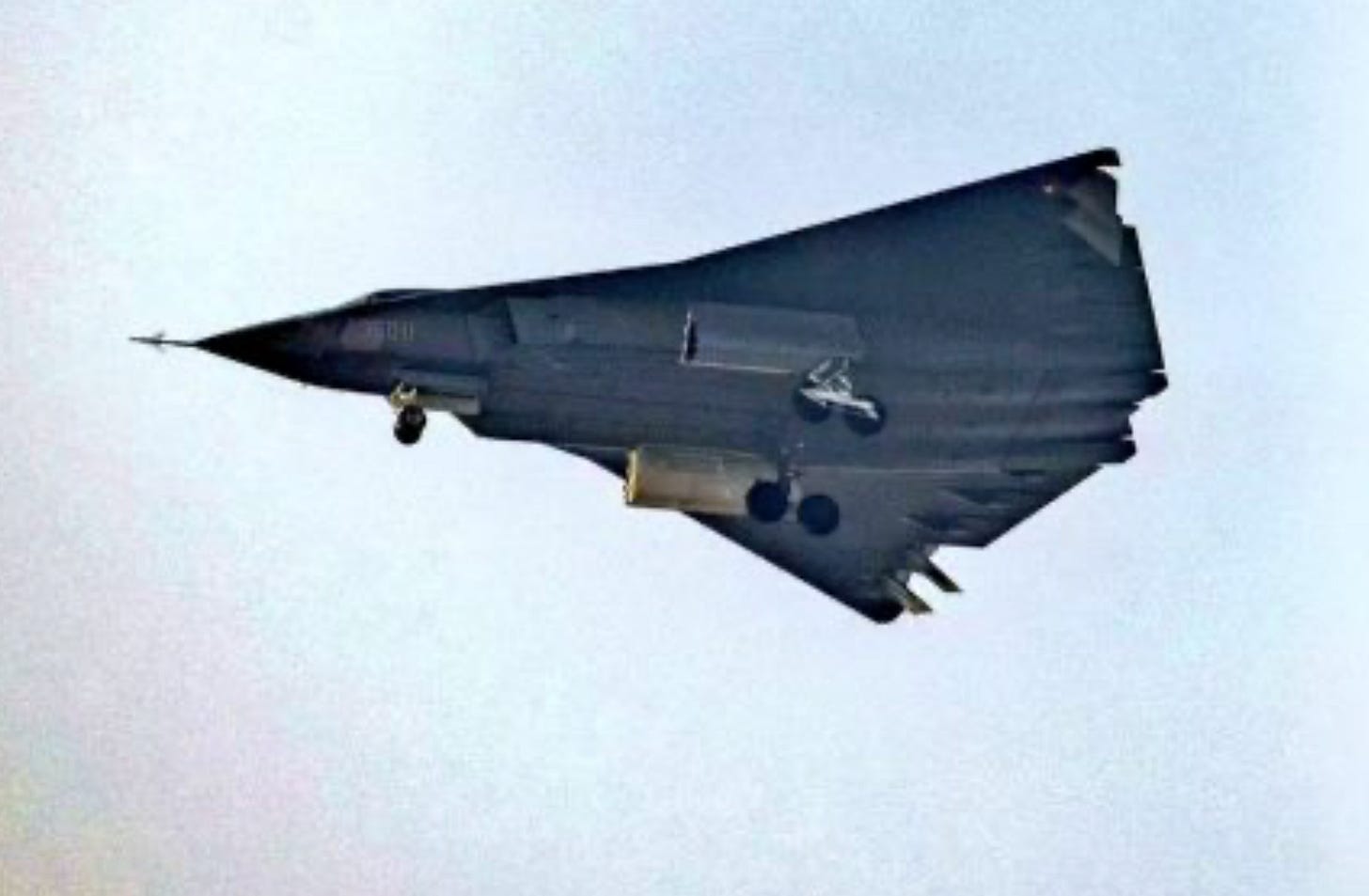
But then, shortly after the USAF announced that it had placed the NGAD program on hold, China flew a large, distinctive, delta-wing aircraft devoid of vertical tail surfaces over the skies of Chengdu for the world to see. Designated the J-36, China has claimed that the mysterious aircraft is the world’s first genuine 6th Gen fighter jet. The timing of the dramatic reveal reveal can’t have been a coincidence. Who knows, maybe NGAD will be kickstarted with a vengeance, if only because Trump doesn’t react well to slaps in the face.
*This piece could be seen as an addendum to the previous newsletter. If you haven’t read it or listened to it, here’s a link:
2027, the Year of Global Existential Risk
(Late last year, Rick, a subscriber, asked if I could break down and compare the militaries of the US and China. What follows is my response to his question - the context being that of the two superpowers coming to blows over their most likely point of friction, Taiwan.




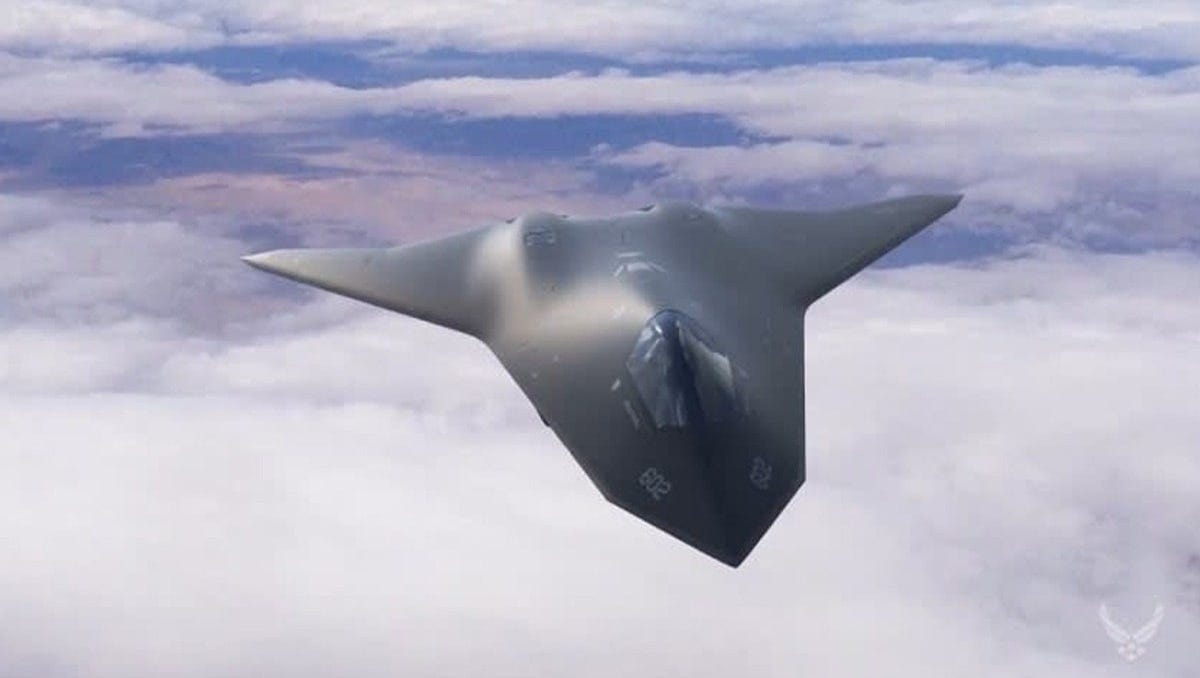
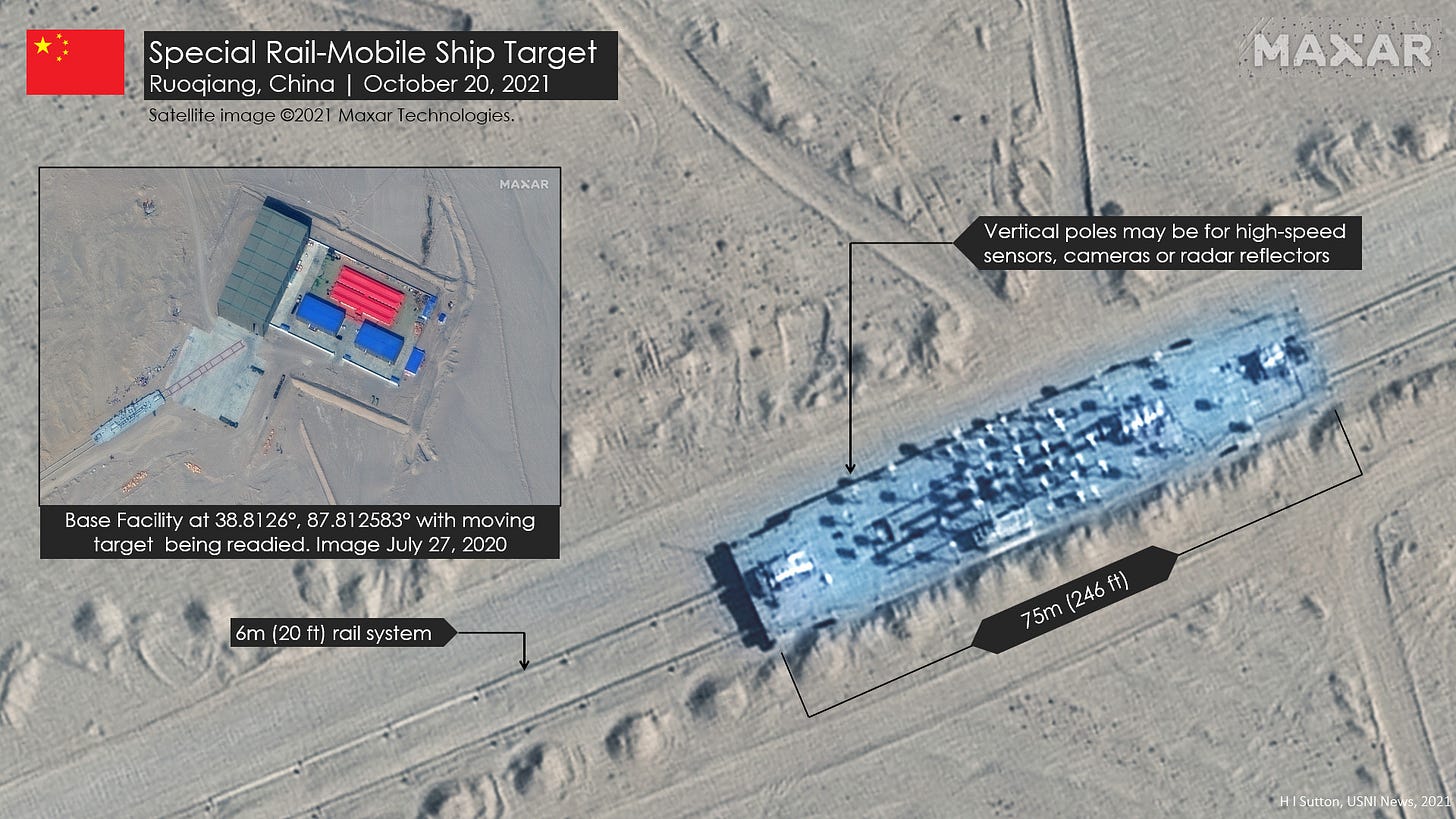
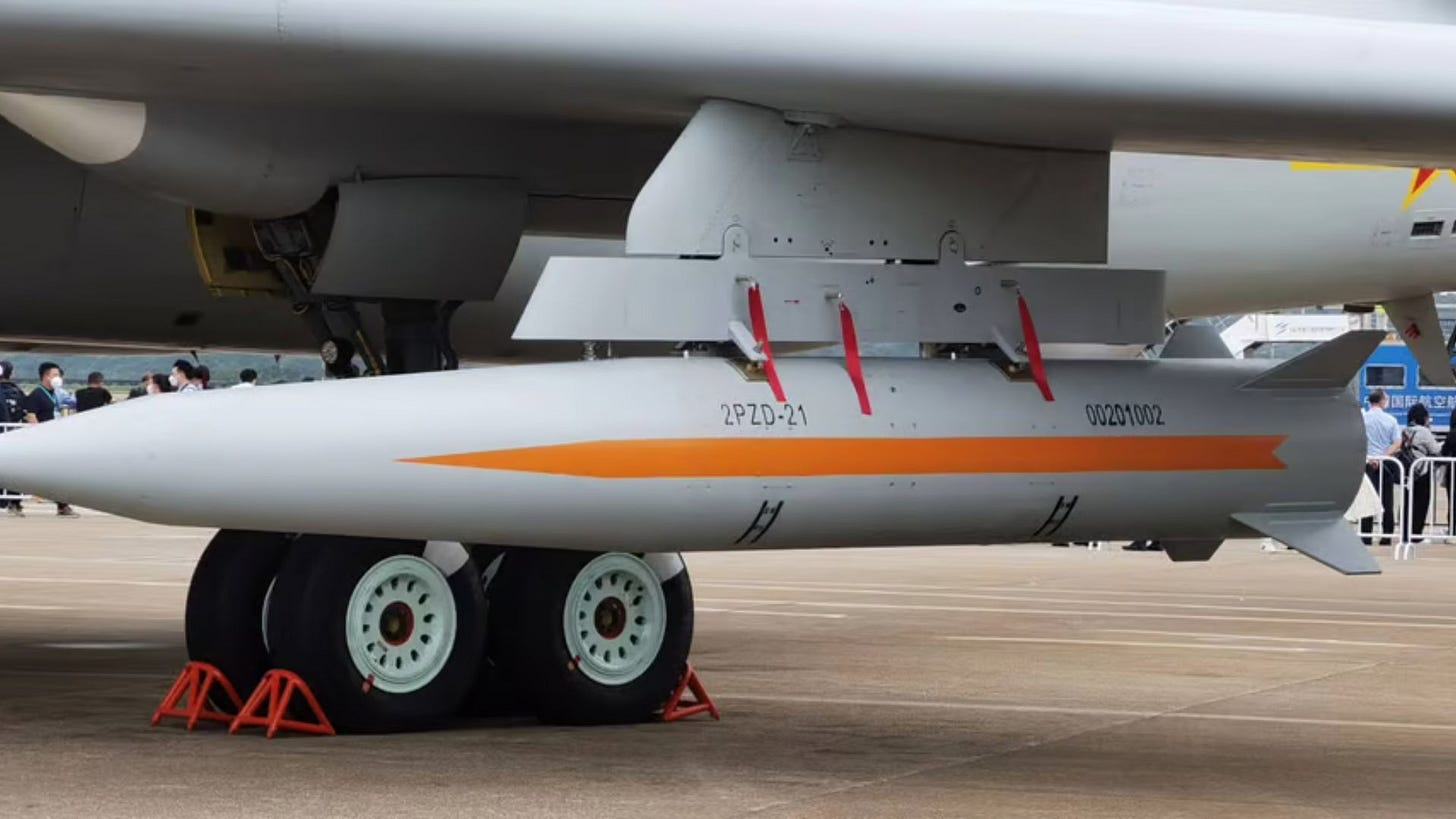
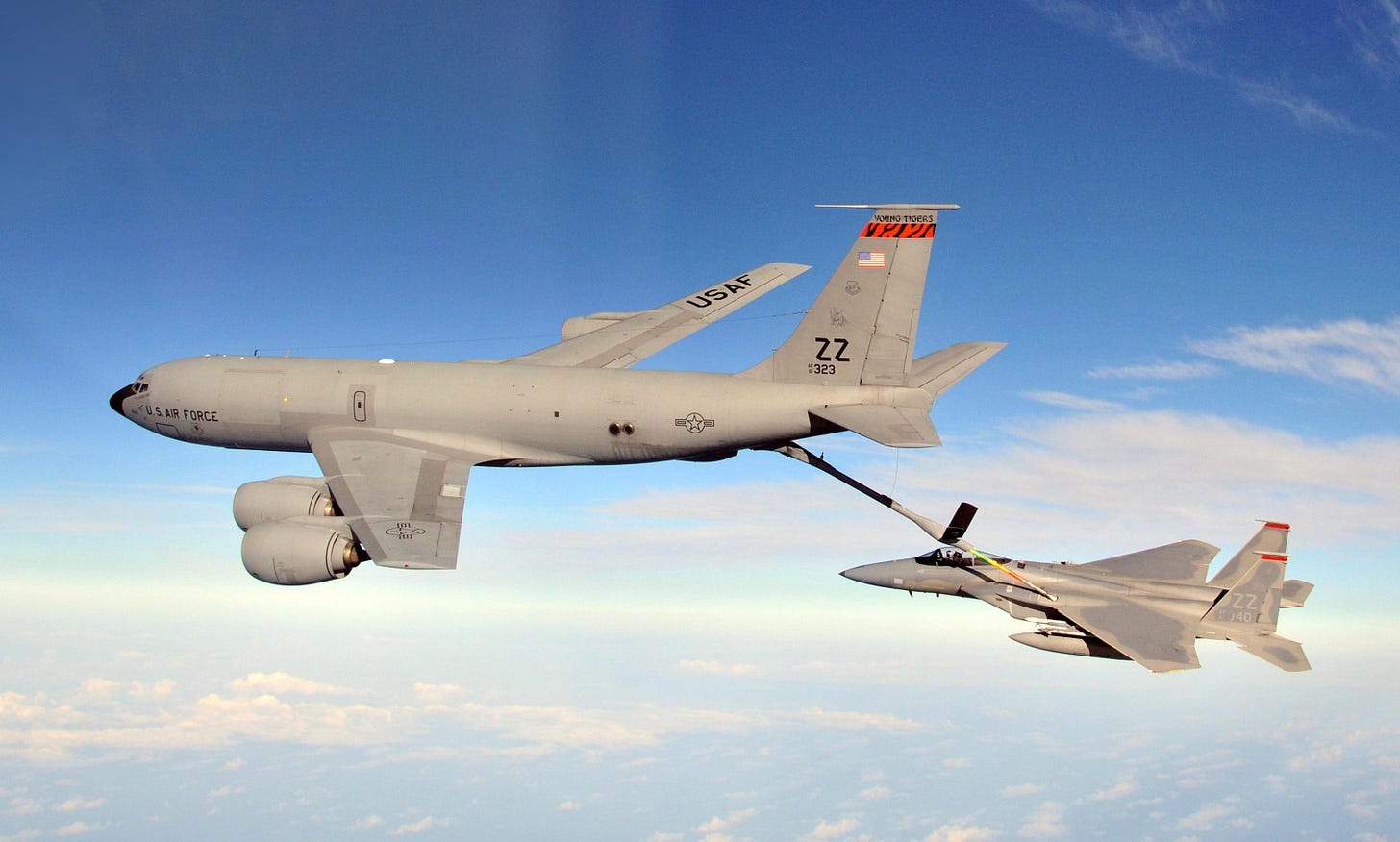

Instead of pumping all that money into research and development, why don't we just steal the plans for the next generation from China? We could tweak them a bit, if necessary.
Maybe have a design contest inside the US, or with our allies. Perhaps some deserving citizen has a good plan sitting on the back of the desk.
Another great analysis Dave. Next question. It seems that future conflicts may rely less on hardware and more on AI. Perhaps going back to a siege system - disrupt food, water, power. Do you agree? And as an Australian, I’m curious as to how relevant our future fleet of very expensive nuclear submarines will be I the future?